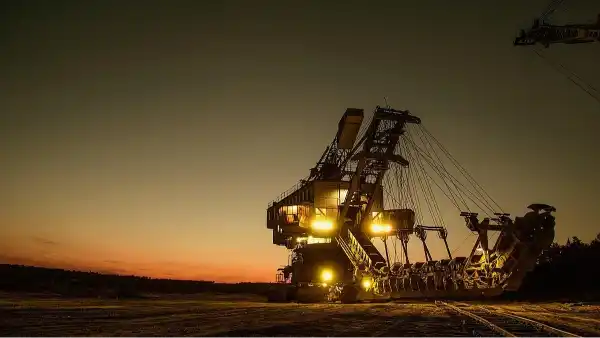The Union cabinet, led by Prime Minister Narendra Modi, has approved a ₹7,280 crore plan to help India start manufacturing rare earth permanent magnets at home. These magnets are essential for electric motors, renewable energy systems and advanced electronics, but India depends almost entirely on imports right now.

The government says this scheme will help build a full rare earth magnet ecosystem in the country, reduce reliance on other nations and make India a stronger player in the global market. Mint had reported earlier that the finance ministry had already cleared the proposal before it reached the cabinet.
Information and broadcasting minister Ashwini Vaishnaw said the scheme is designed on the lines of the semiconductor mission. With the incentives offered, he expects India to become self-reliant in these magnets within the next three to four years. India currently needs around 4,000–5,000 tonnes of magnets each year. The country also has strong reserves of rare earth deposits along its coasts, which gives it a natural advantage.
Heavy industries minister H.D. Kumaraswamy said the scheme includes ₹750 crore as capital subsidy for five chosen companies, and another ₹6,450 crore as sales-linked incentives once factories begin production. Both public and private companies can apply, and several industries—automotive, electronics and steel—have already shown interest.
Vaishnaw said rare earths are becoming a strategic issue globally, especially in the backdrop of recent US–China tensions, and India cannot afford to stay dependent on imports. He added that environmental safeguards will be taken seriously while mining and processing these materials.
Industry groups have welcomed the decision. SIAM and ACMA said the scheme will help stabilise supply chains for electric vehicles and advanced technologies, reduce oil imports, and strengthen India’s position in clean mobility. Experts say the move can create new opportunities across mining, refining, alloy-making and recycling, provided the plan is implemented well.
A key challenge for India is not the availability of ore, but the lack of refining and magnet-making capacity. China controls more than 85 percent of this global market. Companies like MiniMines say this scheme can help rebuild capabilities India has lacked since the 1990s and attract investment into recycling and new materials.
Global concerns around China’s export controls have already caused supply disruptions, including for Indian automakers. Researchers say that while some companies are testing rare-earth-free motor technologies, these alternatives will coexist with magnet-based systems for many years.
Top highlights of the scheme
- ₹7,280 crore total outlay: ₹6,450 crore in sales-linked incentives and ₹750 crore in capital subsidy.
- Capacity for 6,000 MTPA of magnets to be allocated to five firms through global bidding.
- Seven-year duration: two years for setting up plants and five years for incentives.
- India’s magnet demand expected to double by 2030 due to EVs, renewables and electronics.
- India aims to build its first integrated magnet manufacturing ecosystem and cut import dependence.
